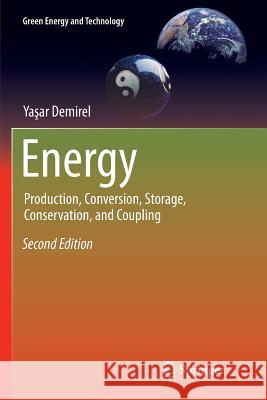Energy: Production, Conversion, Storage, Conservation, and Coupling » książka
topmenu
Energy: Production, Conversion, Storage, Conservation, and Coupling
ISBN-13: 9783319806174 / Angielski / Miękka / 2018 / 616 str.
Energy: Production, Conversion, Storage, Conservation, and Coupling
ISBN-13: 9783319806174 / Angielski / Miękka / 2018 / 616 str.
cena 306,26 zł
(netto: 291,68 VAT: 5%)
Najniższa cena z 30 dni: 306,26 zł
(netto: 291,68 VAT: 5%)
Najniższa cena z 30 dni: 306,26 zł
Termin realizacji zamówienia:
ok. 20 dni roboczych.
ok. 20 dni roboczych.
Darmowa dostawa!
Kategorie:
Kategorie BISAC:
Wydawca:
Springer
Seria wydawnicza:
Język:
Angielski
ISBN-13:
9783319806174
Rok wydania:
2018
Wydanie:
Softcover Repri
Ilość stron:
616
Waga:
0.88 kg
Wymiary:
23.39 x 15.6 x 3.3
Oprawa:
Miękka
Wolumenów:
01
Dodatkowe informacje:
Wydanie ilustrowane











